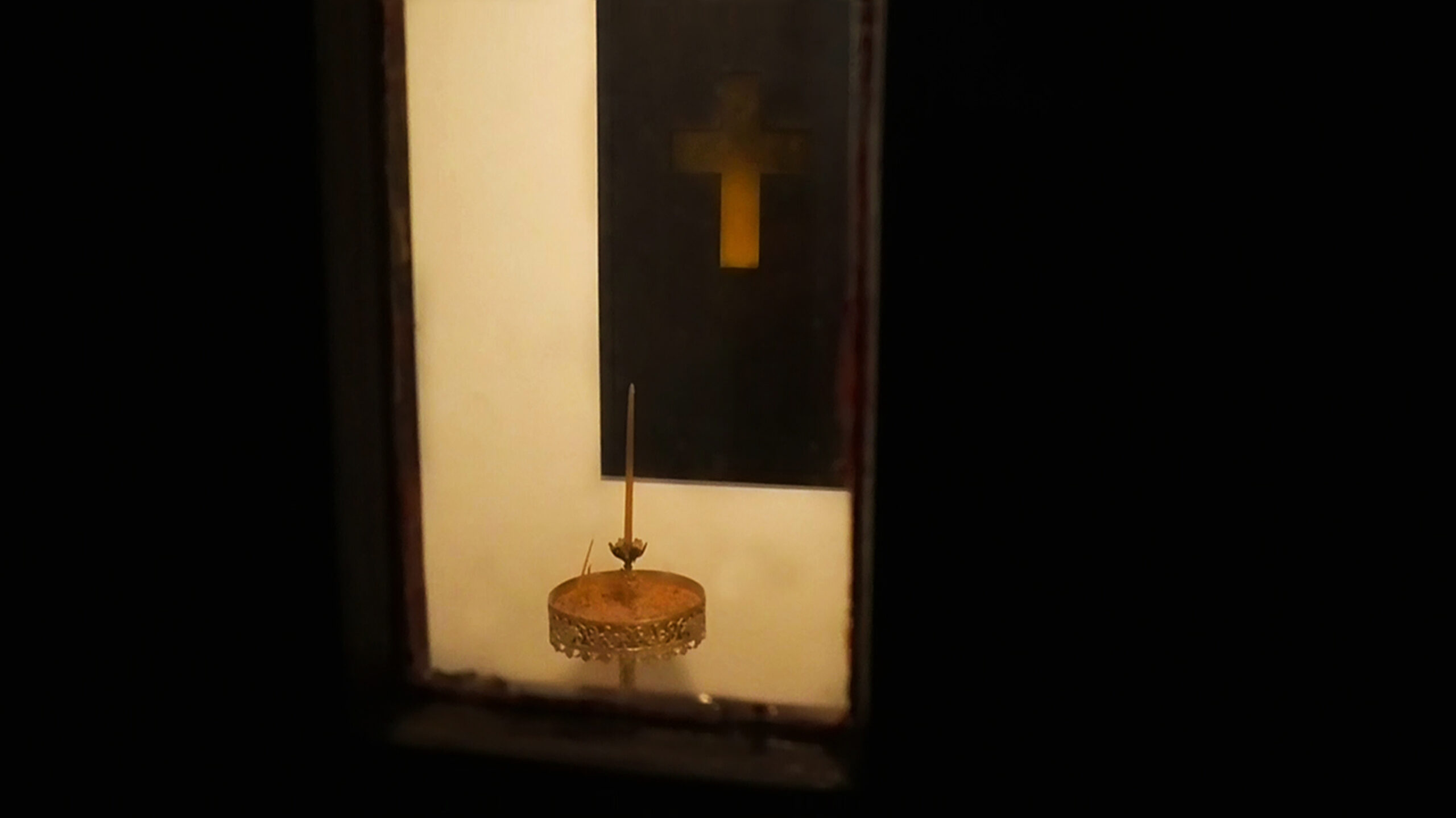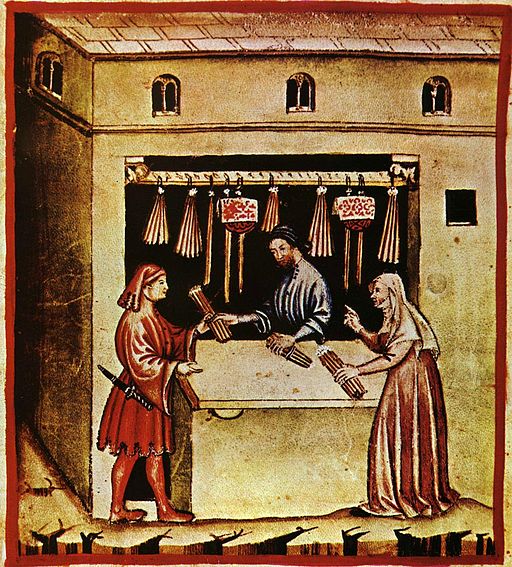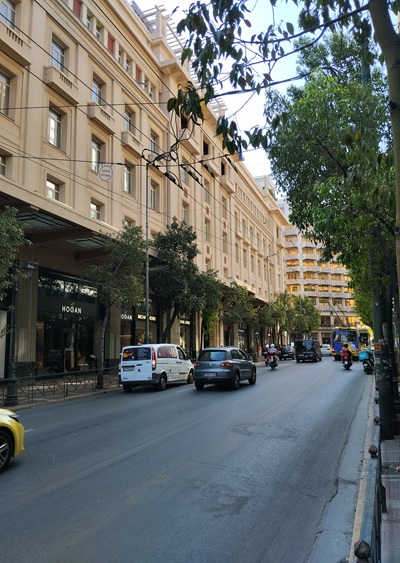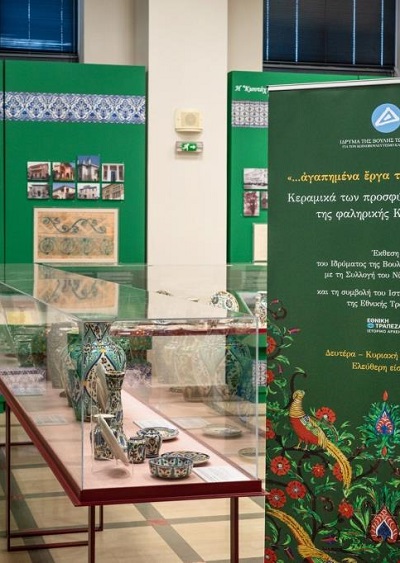
Light in the darkness… A short history of candles
By Giannis Loukas
Along with the lantern and the torch, the candle has been used for centuries—as early as antiquity, Greeks and Egyptians used it to make effigies and tributes for religious reasons.
It was the Romans who manufactured wick candles to be used as a means of lighting and become people’s “evening friend” for centuries.

Ορθόδοξοας Ακαδημία Κρήτης / Orthodox Academy of Crete
The role of the candle in Christianity is well known. It was used in the catacombs and later in Christian temples and became an indispensable element and symbol of the Christian religion, as the victory of light over darkness is the beginning of Christianity.
The wax was originally made of fat but had an unpleasant odor. In the Middle Ages, the technique of making beeswax derived from bees was discovered. Obviously, the smell of candles made from material derived from the pollen of flowers was pleasant, but the cost was higher and addressed mainly to those who had financial comfort.

Αφίσα διαφήμισης για κεριά / Candles poster advertisment
The candle makers used large iron cauldrons in which they melted the wax to produce small candles in iron “crates”. They first wrapped the threads on them and then dipped them in melted wax, so that all the candles came out the same size. Carved candles were made by hand without the use of molds, which is why they are considered great works of folk art.
Until the 18th century, fat and beeswax remained the materials of keroplasty. Things changed after 1750, when whaling spread from the blubber from which “sparmachetto was made. The smell of the spermaceto candle was not unpleasant, but in addition, it was harder and more resistant to high temperatures.
Since the 19th century, the chemical derivatives paraffin and stearin have enabled the mass, industrial production of wax and are the basic raw materials of keroplasty even today.

Μηχανή χύτευσης κεριών, Ινδονησία, 1920 / Candle moulding machine in Indonesia circa 1920
The use of the candle as a means of illumination declined and finally disappeared with the discovery of the electric lamp and the spread of electricity. However, keroplasty as an art has not disappeared. It continues to be used for decorative and religious purposes. Linked to religious practices, it is not only used in temples but also in holy water in homes, schools, and workplaces, in candles on iconostases, in cemeteries.

Πωλητής κεριών, Ιταλία, 14ος αι. / Candles salesman, 14th century (http://commons.wikimedia.org)
Continuing the pre-Christian tradition, wax continues to be used in the manufacture of “tamata”. Of course, the most common form of offering is none other than the candle, although there is no shortage of waxworks in the form of people or members of the body. When the production of candles was a handmade process, it may have taken as many as seventy layers of wax to make a candle, a time-consuming, difficult, and expensive process. That is why a candle “equal to the height” of the assignee has been established as a vow of special importance.
http://users.sch.gr/kassetas/zzzzzzzzCandleHistory.htm
http://traditional-professions.aegean.gr/index.php/el-GR/greek-article-1/26-2015-01-17-15-38-17







Leave A Comment